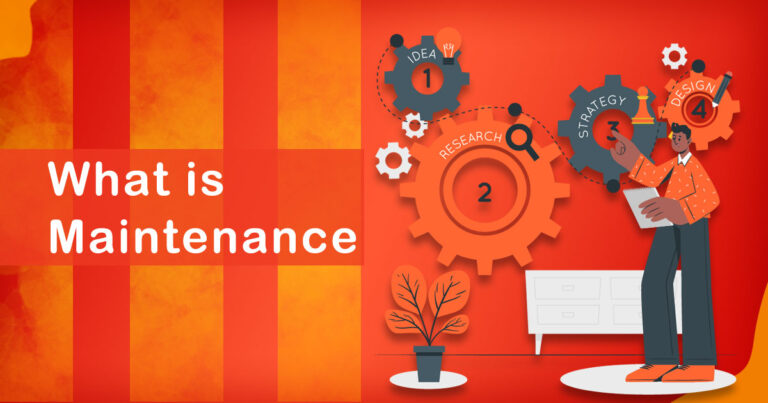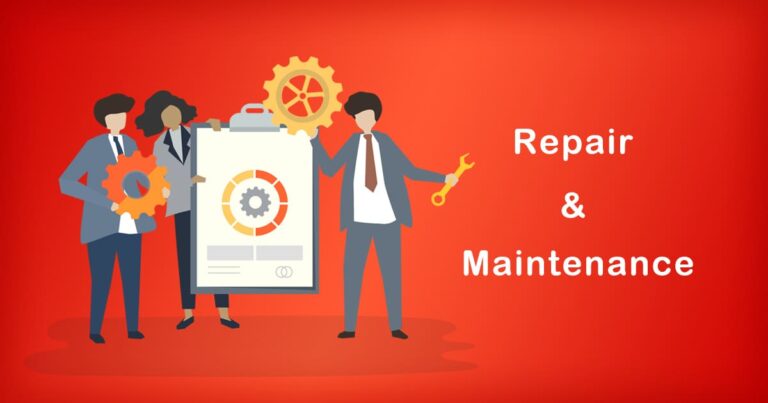Introduction
In recent years, the Clubs and Associations industry in India has witnessed significant growth and transformation. These establishments, whether sports clubs, social clubs, or professional associations, play a crucial role in bringing together like-minded individuals and fostering a sense of community. To sustain and enhance their operations, clubs and associations are constantly seeking ways to improve efficiency and reduce operational costs. One revolutionary approach that has gained traction in various industries, including clubs and associations, is Autonomous Maintenance (AM). In this editorial, we will delve into the concept of Autonomous Maintenance and explore its potential applications in the Indian context.
Understanding Autonomous Maintenance
Autonomous Maintenance is a concept derived from Total Productive Maintenance (TPM), a philosophy that originated in Japan. TPM aims to maximize the efficiency and reliability of equipment, and Autonomous Maintenance is one of its foundational pillars. At its core, AM empowers frontline workers to take ownership of equipment maintenance and ensure its optimal functioning. Instead of relying solely on dedicated maintenance teams, operators and staff are encouraged to carry out routine maintenance tasks, such as cleaning, lubrication, and inspections, to prevent breakdowns and deterioration.
Benefits of Autonomous Maintenance in the Clubs and Associations Industry
Cost Savings:
Implementing AM can lead to significant cost savings for clubs and associations. By involving staff in routine maintenance activities, the need for external maintenance contractors may be reduced, saving both time and money.
Increased Equipment Reliability:
Regular and proactive maintenance under AM can lead to improved equipment reliability. As a result, clubs can minimize downtime and offer uninterrupted services to their members.
Employee Empowerment and Skill Development:
Autonomous Maintenance allows frontline staff to develop new skills related to equipment maintenance and operation. This not only increases their engagement but also enhances their sense of ownership and responsibility towards their work.
Enhanced Safety Measures:
When staff is involved in the maintenance process, they become more aware of potential safety hazards associated with the equipment. This heightened awareness can lead to improved safety practices within the organization.
Extended Equipment Lifespan:
Regular and timely maintenance ensures that equipment stays in good condition for a longer period. This prolongs the lifespan of expensive assets, leading to cost savings in the long run.
Autonomous Maintenance in the Indian Context
In India, the concept of TPM and AM is gaining momentum in various industries, particularly in manufacturing. However, its application in the Clubs and Associations industry remains relatively unexplored. There are several reasons why this approach could be highly beneficial in an Indian context.
Resource Constraints:
Many clubs and associations in India may not have the financial resources to employ a large maintenance workforce. By adopting AM principles, they can optimize their existing workforce to carry out maintenance activities efficiently.
Cultural Acceptance:
In India, a sense of belonging and community is deeply ingrained in society. By involving staff in maintenance tasks, clubs can foster a greater sense of ownership and pride among employees, thus enhancing overall productivity.
Skill Development and Employment:
India’s workforce is diverse and multiskilled. Implementing AM can offer additional opportunities for skill development, empowering workers and increasing their employability in various sectors.
Sustainability and Environmental Impact:
With increasing environmental concerns, AM can help clubs and associations adopt greener practices by promoting responsible equipment usage and maintenance.
Conclusion
In conclusion, the Clubs and Associations industry in India stands to benefit significantly from the implementation of Autonomous Maintenance. This approach not only promises cost savings and increased efficiency but also empowers employees and fosters a culture of responsibility and ownership. As the industry continues to evolve, embracing new methodologies such as AM will play a pivotal role in ensuring its sustained growth and success.
Remember, continuous improvement and adaptation are essential for the success of any industry, and the integration of Autonomous Maintenance can be a powerful step towards achieving excellence in the Clubs and Associations sector.








